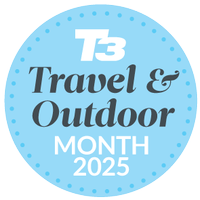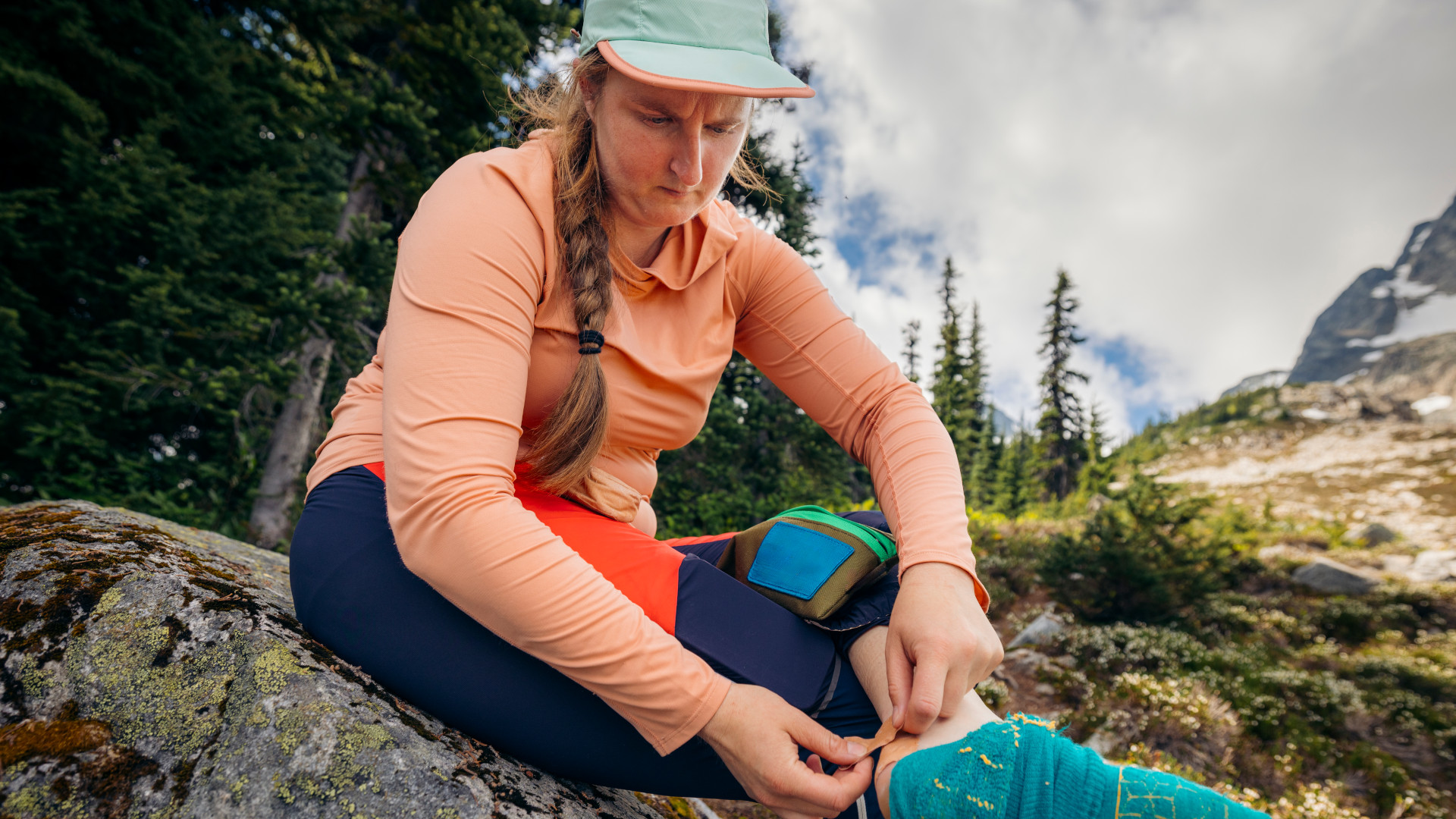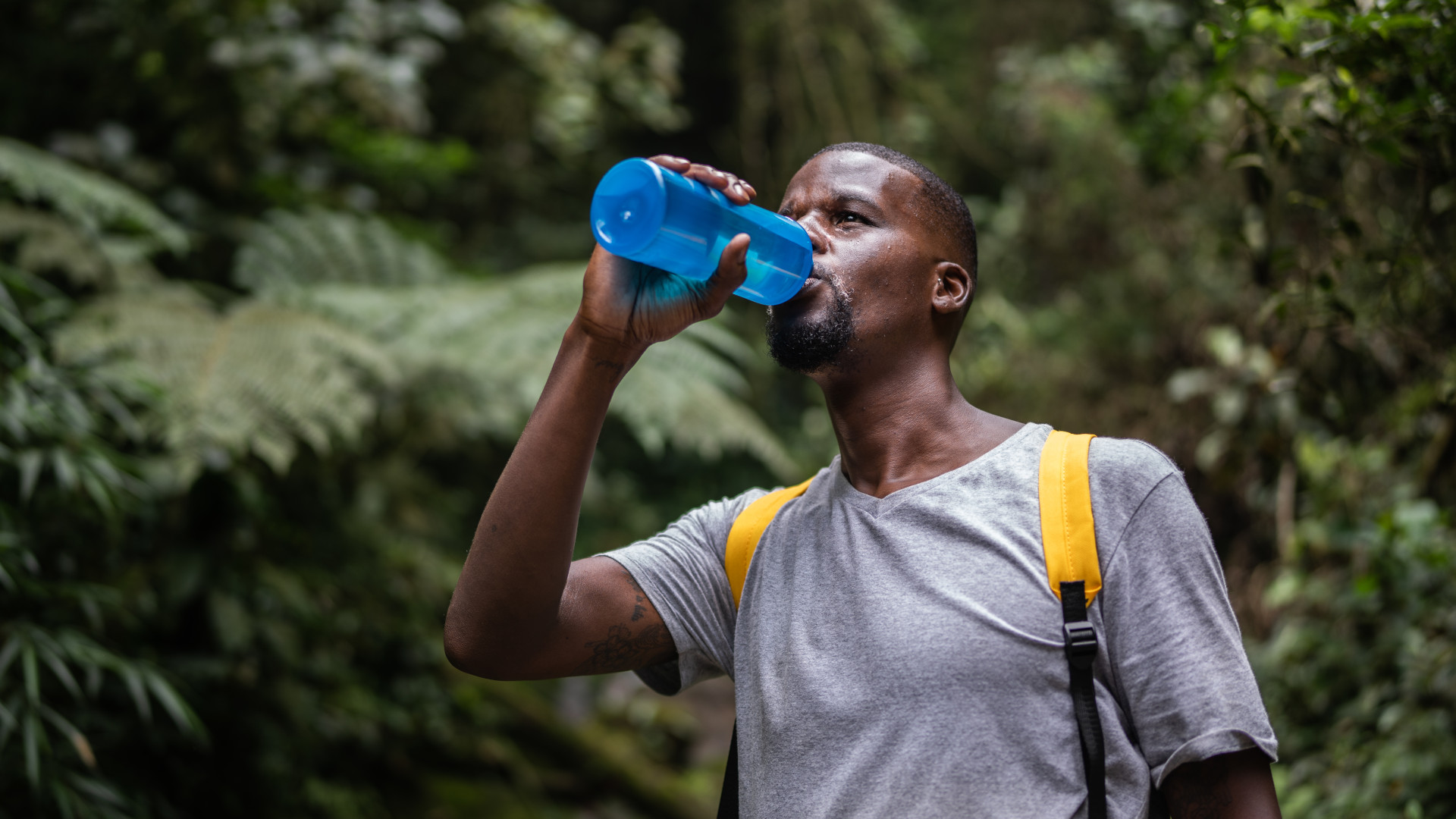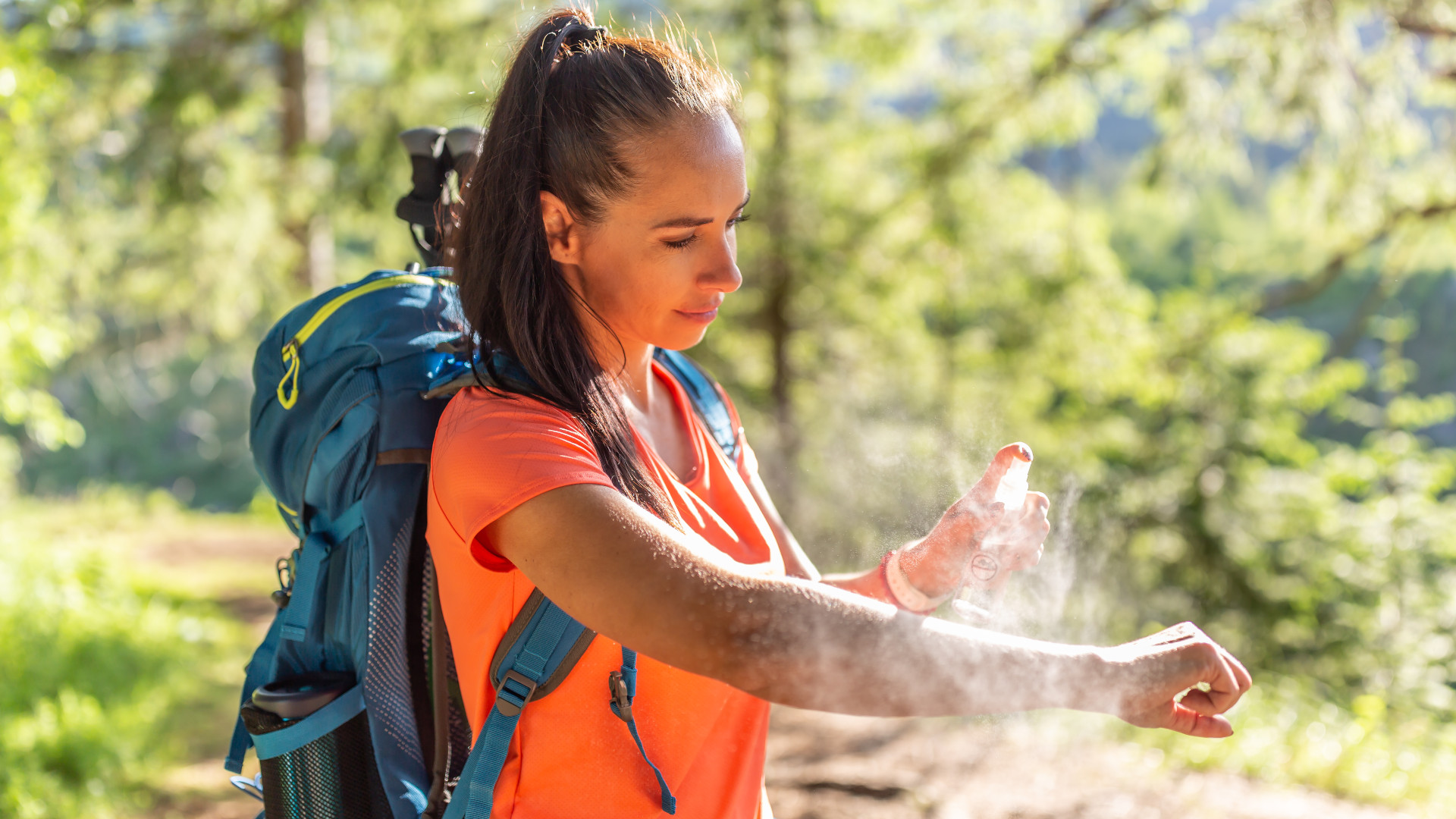5 common hiking injuries (and how to prevent them)
Because nothing quite spoils a hike like a blister or sprained ankle



Lacing up your hiking boots and exploring the great outdoors can offer a refreshing escape from daily life, but it's not without its risks. From twisted ankles to sunburn and blisters, common hiking injuries can crop up at any time on the trails, and it can quickly turn your outdoor adventure into a disaster. It’s why packing a first aid kit should be on everyone’s list of hiking essentials.
Knowing what to watch for – and how to manage incidents when they crop up – can help you stay a safe and happy hiker. And, if you’re tackling more challenging routes, it won’t hurt to brush up on some basic first aid skills either. Here are five of the most common hiking injuries, as well as how to prevent and manage them.
Blisters

Granted, a blister may not be the most serious hiking injury in the world, but it is one that can instantly put a damper on your trip; they’re uncomfortable and downright painful, and mainly a result of friction between your skin and footwear.
Prevent: Make sure you have a well-fitted hiking boots or walking shoes on your feet, and break them in before your hike (not on it).
Treat: Wipe the blister with an antiseptic wipe and then cover it with a soft blister plaster or padded dressing. If the blister has already burst, the NHS advises making sure the fluid has fully drained before covering it.
Ankle sprains
Uneven terrain and slippery surfaces can cause you to lose your foot placement and twist or roll over your ankle, damaging the ligaments. But, not wearing the correct footwear can also increase this risk.
Prevent: Make sure you’re wearing supportive footwear and, if you need additional ankle support, opt for a mid or high hiking shoe (particularly if you’re tackling rugged terrain or venturing on a long hike). You can also use trekking poles for extra balance stability, and do some ankle mobility exercises before setting off.
Get all the latest news, reviews, deals and buying guides on gorgeous tech, home and active products from the T3 experts
Treat: Follow the RICE method – rest, ice, compression, elevation – as best you can. Sit down, assess the injury, and apply ice for up to 20 minutes. If no ice is available, use a cold water bottle, stream, or wet a small item of clothing. Pad the ankle with something soft, then wrap it with an elastic bandage. If walking isn't possible, elevate the ankle and call for help. If it is, you can use trekking poles or tape the ankle for additional support.
Dehydration

Although not an ‘injury’ as such, becoming dehydrated during your hike can be serious, and lead to heat exhaustion, or worse, heat stroke. That’s why it’s so important to make sure you’re prepared when it comes to packing your hiking snacks.
Prevent: Make sure you drink plenty of water before and during your hike. If you’re heading out in particularly hot weather, make sure you check out these tips to help you stay cool on a hike. You could also pack some electrolytes to replenish the salts you’ll lose through sweat.
Treat: You want to try and cool the body down, so move to a shaded area (if there is one), remove unnecessary layers, and sip on water or an electrolyte beverage. You could also wet a small item of clothing – like a bandanna or neck buff – and apply it to your neck. If you suspect it to be heat stroke, seek medical attention quickly.
Cuts and scrapes
Sharp rocks, branches, or rough surfaces can easily break the skin when trudging over rugged terrain or tackling steep slopes, especially if you're wearing shorts. While most cuts and scrapes are minor, they can become painful or infected if not treated properly.
Prevent: Sometimes it’s just physically impossible (we’ve all experienced a trip or slip here and there). However, the most efficient way is to stay alert and aware of your surroundings. Also, (we don’t mean to sound like a broken record player), but make sure you’re wearing appropriate footwear too.
Treat: A well-equipped first aid kit should have everything you need, such as antiseptic wipes, bandages, plasters, tape, etc. For small cuts, clean them with either an antiseptic wipe or water, then cover them with a plaster or bandage.
Bug bites

A pesky bug bite can cause constant irritation, from non-stop scratching to stinging, swelling, and they can even transmit viruses. It's more common, if you’re hiking near water or long grassy areas, or if the weather is warm and humid.
Prevent: If you are heading into bug land territory, then you may want to opt for long layers to prevent your arms and legs from being attacked. ‘But what if it’s hot?!’ we hear you cry – apply insect repellent to bare areas. Also, opt for lighter clothing, bugs are attracted to darker colours.
Treat: First, rinse the bite with water. To reduce swelling, you could press your hiking water bottle on the infected area (if you have a stainless steel one even better as this will be nice and cold). The NHS advises taking an antihistamine or using a hydrocortisone cream to help reduce itching, or taking paracetamol or ibuprofen if the sting is particularly painful. The most important thing – as hard as it may be – is not to scratch it, as this could cause infection.

Bryony’s T3’s official ‘gym-bunny’ and Active Staff Writer, covering all things fitness. She is a certified personal trainer and also a part-time fitness instructor. In her spare time, you will find her in her natural habitat - the gym - where her style of training is a hybrid of bodybuilding and powerlifting. Bryony loves writing about accessible workouts, nutrition and testing innovative fitness products that help you reach your fitness goals and take your training to the next level.
You must confirm your public display name before commenting
Please logout and then login again, you will then be prompted to enter your display name.